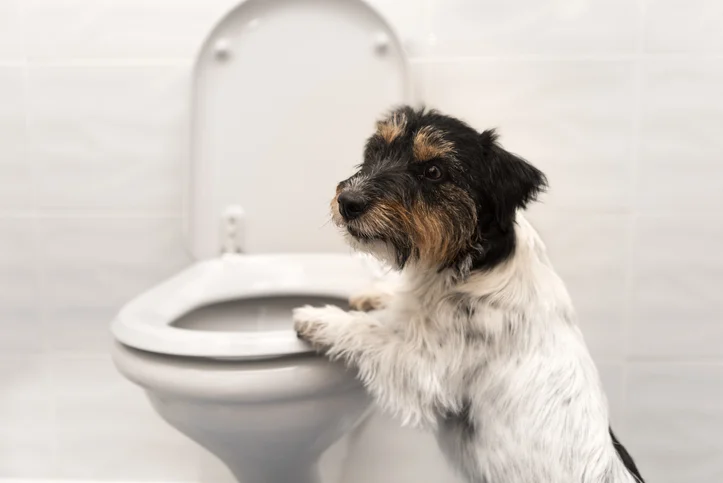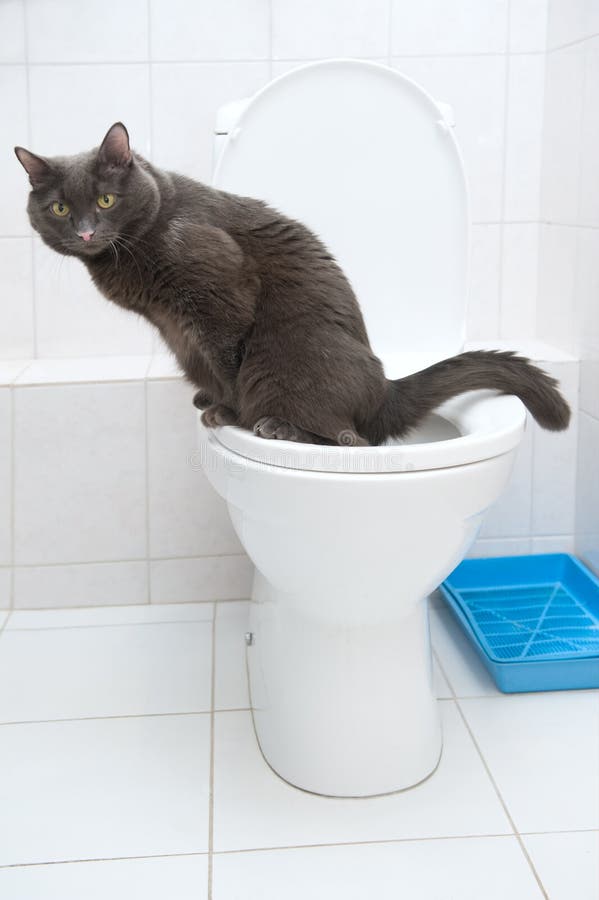How Flushing Animal Waste Could be Not Advisable
How Flushing Animal Waste Could be Not Advisable
Blog Article
Just about every person has got their unique way of thinking in relation to 4 Reasons Why Dog Poop Cleanup is Important.

When it comes to disposing of waste, especially animal waste, many individuals typically turn to the practical choice of flushing it down the commode. However, this seemingly very easy solution can have severe consequences for the atmosphere and public health. In this write-up, we'll discover why flushing animal waste down the bathroom is a bad concept and supply alternative techniques for proper disposal.
Intro
Correct garbage disposal is vital for keeping environmental sustainability and public health. While it may appear safe to purge animal waste down the bathroom, it can bring about various concerns, both for the environment and human health.
Threats of flushing pet waste
Environmental effect
Flushing animal waste introduces harmful bacteria and virus into waterways, which can adversely impact aquatic ecological communities. These virus can contaminate water resources and damage aquatic life, interrupting fragile environments.
Public health issues
Pet waste contains unsafe germs such as E. coli and Salmonella, which can posture severe wellness risks to people. Purging animal waste down the commode can infect water products, causing the spread of conditions and infections.
Alternatives to flushing
As opposed to flushing animal waste down the commode, there are several alternative disposal techniques that are extra environmentally friendly and hygienic.
Composting
Composting animal waste is an eco-friendly way to dispose of it. By composting, organic matter is broken down into nutrient-rich dirt, which can be utilized to feed gardens and plants.
Landfill disposal
Taking care of animal waste in a garbage dump is one more choice. While not as environmentally friendly as composting, it is a much safer choice to flushing, as it prevents the contamination of water resources.
Pet garbage disposal systems
There are specialized family pet garbage disposal systems offered that safely and hygienically take care of animal waste. These systems usually make use of enzymes to break down waste and get rid of smells.
Steps to appropriate animal waste disposal
To ensure proper disposal of animal waste, follow these actions:
Scooping and landing waste
Regularly scoop and bag animal waste using eco-friendly bags. This protects against waste from infecting the setting.
Making use of designated waste bins
Dispose of bagged animal waste in designated waste bins, such as garden compost bins or landfill bins. Avoid flushing it down the toilet in any way costs.
Cleansing litter boxes and pet dog locations routinely
Regularly tidy litter boxes and pet areas to avoid the accumulation of waste and germs. Use pet-safe cleaning items to preserve health.
Advantages of appropriate disposal approaches
Taking on appropriate disposal approaches for pet waste offers a number of benefits:
Decreased environmental pollution
Appropriate disposal methods lower the threat of environmental pollution, securing rivers and ecological communities from contamination
Minimized risk of water contamination.
By avoiding flushing pet waste down the toilet, the risk of water contamination is considerably reduced, guarding public health.
Enhanced sanitation and health
Appropriate disposal techniques promote much better sanitation and hygiene, creating a much safer atmosphere for both humans and pets.
Final thought
Finally, flushing pet waste down the toilet is dangerous to the environment and public health. By taking on alternate disposal techniques and adhering to proper waste management practices, we can reduce the unfavorable effect of pet waste and contribute to a cleaner, much healthier planet.
What To Do With Dog Poo – The Do's And Don'ts Of Disposing Of Faeces
Dog poo bins
Some councils provide dedicated dog waste bins in popular dog-walking areas that can take dog poo that has been bagged but you can legally dispose of dog waste in any public litter bin, as long as it is securely bagged. This also applies to your wheelie bin at home.
Do not flush
Water companies do not recommend flushing dog faeces down the toilet because certain parasites can survive the water processing treatment and are potentially harmful to humans. You should also never consider flushing dog poo that has been bagged down the toilet as the bags will not break down and instead create severe blockages in the sewage system.
In the woods
The Forestry Commission promotes a ‘stick and flick’ method for dealing with waste in the woods. This means finding a stick and using it to flick any poo from off the path so that it is out of the way of other walkers. You could also bury it as long as it is not in an area where there might be livestock.
Livestock
Parasites found in dog poo can be transmitted to livestock if they inadvertently eat infected faeces that has been left on grazing land. This could result in the death of sheep or abortion in cattle so you should always make sure you pick up your dog’s waste in fields where livestock could be present.

Regularly tidy litter boxes and pet areas to avoid the accumulation of waste and germs. Use pet-safe cleaning items to preserve health.
Advantages of appropriate disposal approaches
Taking on appropriate disposal approaches for pet waste offers a number of benefits:
Decreased environmental pollution
Appropriate disposal methods lower the threat of environmental pollution, securing rivers and ecological communities from contamination
Minimized risk of water contamination.
By avoiding flushing pet waste down the toilet, the risk of water contamination is considerably reduced, guarding public health.
Enhanced sanitation and health
Appropriate disposal techniques promote much better sanitation and hygiene, creating a much safer atmosphere for both humans and pets.
Final thought
Finally, flushing pet waste down the toilet is dangerous to the environment and public health. By taking on alternate disposal techniques and adhering to proper waste management practices, we can reduce the unfavorable effect of pet waste and contribute to a cleaner, much healthier planet.
What To Do With Dog Poo – The Do's And Don'ts Of Disposing Of Faeces
Dog poo bins
Some councils provide dedicated dog waste bins in popular dog-walking areas that can take dog poo that has been bagged but you can legally dispose of dog waste in any public litter bin, as long as it is securely bagged. This also applies to your wheelie bin at home.
Do not flush
Water companies do not recommend flushing dog faeces down the toilet because certain parasites can survive the water processing treatment and are potentially harmful to humans. You should also never consider flushing dog poo that has been bagged down the toilet as the bags will not break down and instead create severe blockages in the sewage system.
In the woods
The Forestry Commission promotes a ‘stick and flick’ method for dealing with waste in the woods. This means finding a stick and using it to flick any poo from off the path so that it is out of the way of other walkers. You could also bury it as long as it is not in an area where there might be livestock.
Livestock
Parasites found in dog poo can be transmitted to livestock if they inadvertently eat infected faeces that has been left on grazing land. This could result in the death of sheep or abortion in cattle so you should always make sure you pick up your dog’s waste in fields where livestock could be present.

I was made aware of that editorial about Why you should never flush dog poop down the toilet from an acquaintance on a different web address. Sharing is good. Helping others is fun. Thanks for taking the time to read it.
Rates Report this page